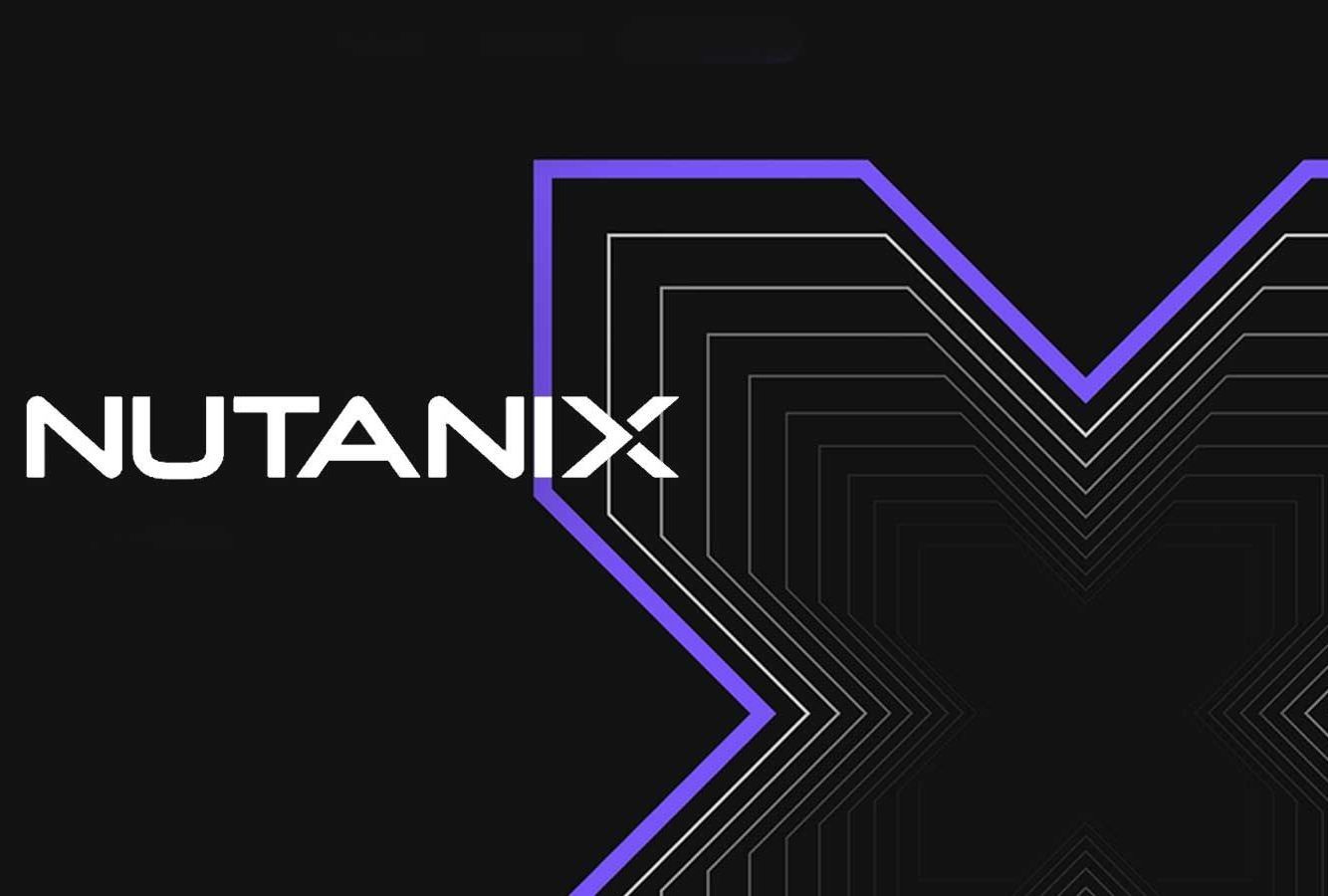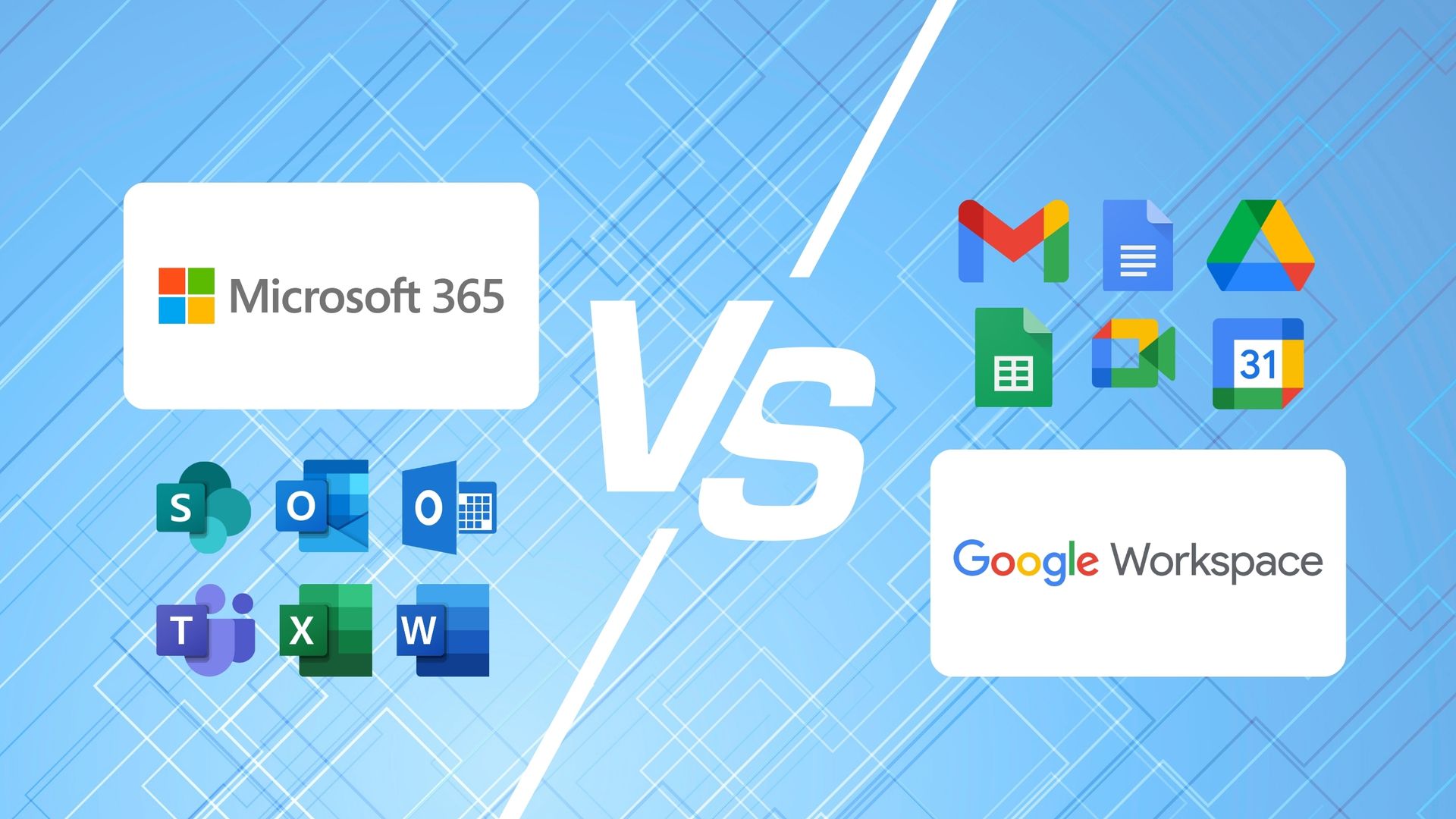Artificial Intelligence in Business
Artificial Intelligence in Business: Practical Value, Real Limits, and Responsible Use
Artificial intelligence (AI) has moved quickly from theory into practice. In just a few years, tools that were once experimental have become part of daily business operations, assisting with tasks from drafting documents to organizing customer data. The accessibility of these tools has created excitement—but also uncertainty—about how they should be used.
At Central Business Systems, Inc., we approach AI the way we approach every new business technology: as a tool with potential, but one that must be applied carefully, with an understanding of both its strengths and its limits. Our clients look to us not only for solutions, but also for perspective. This article offers a framework for how to think about AI in business: where it helps, where it can mislead, and how to strike a balance that preserves both efficiency and trust.
Where AI Adds Value
AI is not a replacement for expertise, but it can be a helpful assistant in many parts of business life. When applied thoughtfully, it can:
- Save time. AI can generate drafts of reports, emails, or summaries in minutes. Employees can then refine and personalize them, cutting down on routine writing without losing quality.
- Automate repetitive tasks. Routine processes such as categorizing invoices, scheduling reminders, or pulling together standard reports can be handled by AI-driven systems, reducing human error and freeing staff for higher-value work.
- Process large amounts of data. AI tools can quickly surface patterns, trends, or anomalies in datasets that would take much longer for a human analyst to detect.
- Support customer interactions. Automated chat or self-service tools can provide immediate responses to routine questions, improving responsiveness while allowing staff to focus on complex issues.
These strengths are practical, not theoretical. Many businesses are already seeing measurable improvements in speed and efficiency by introducing AI into their workflows. The most important insight, however, is that these gains are greatest when AI supplements—not substitutes—the work of people.
The Risk of Overuse or Misuse
While AI offers benefits, using it without caution carries downsides that are often less visible. These risks do not mean AI should be avoided, but they should inform how it is applied.
- Accuracy concerns. AI generates outputs by predicting patterns in data, not by verifying facts. This means results may look convincing while being outdated, incomplete, or incorrect. If employees accept these results at face value, mistakes can enter client communications, reports, or even strategic decisions.
- Loss of expertise. If teams lean too heavily on AI for writing, analysis, or decision support, they risk weakening the very skills—critical thinking, problem-solving, judgment—that organizations depend on. AI should reduce workload, not replace capability.
- Data security. Entering sensitive business or client information into public AI platforms may expose that data in ways the organization cannot control. Even small oversights can create compliance issues or weaken client trust.
- Bias and fairness. Because AI is trained on historical data, it often reflects the biases of that data. If left unchecked, these biases can influence hiring decisions, customer segmentation, or service recommendations in ways that are neither fair nor accurate.
- Unclear regulations. Privacy laws, intellectual property rights, and compliance requirements are still adapting to AI’s rapid growth. Businesses that do not stay current with these changes may inadvertently expose themselves to legal or reputational risks.
Perhaps the most significant risk is not malicious misuse but unquestioned overuse—treating AI as a final authority rather than a supporting tool. Businesses that view AI as infallible risk undermining the very efficiency and trust they seek to gain.
How to Use AI Responsibly
The path forward is not avoidance, but balance. Businesses that succeed with AI will be those that adopt it deliberately, with structures in place to guide its use. A few practical guidelines include:
- Define clear boundaries. Establish policies for what information can be entered into AI systems and what should remain internal. These rules protect sensitive data and give employees confidence about how to use the tools safely.
- Keep people in control. AI outputs should be reviewed and refined by employees before being relied upon for critical decisions. Human judgment is the filter that turns raw output into responsible action.
- Start with low-risk areas. Pilot AI in routine or supportive processes first. Learn from those experiences before expanding into more central or sensitive operations.
- Choose secure solutions. Where possible, invest in business-grade platforms that provide stronger data protections and compliance features, rather than relying solely on public consumer tools.
- Monitor and adjust. Because AI tools and regulations are evolving quickly, businesses should periodically review their policies, results, and risks to ensure alignment with best practices.
By approaching AI in this structured way, organizations can benefit from the efficiencies it offers without undermining accuracy, security, or trust.
Ethical and Cultural Considerations
AI adoption is not just a technical decision; it is also an organizational one. How a business uses AI reflects its culture and values. A few principles can help keep adoption aligned with long-term goals:
- Transparency. Employees and clients deserve clarity about when AI is used and how it contributes to decisions or deliverables. Transparency builds trust.
- Accountability. Responsibility must always rest with people, not tools. AI can assist, but it cannot own outcomes. Clear lines of accountability protect both the organization and its clients.
- Respect for expertise. Even as AI accelerates certain tasks, businesses should continue to invest in developing their people’s skills. Long-term success depends on human creativity and judgment, not just on automation.
By treating AI as an enhancement, not a replacement, businesses can strengthen their culture rather than weaken it.
CBS’s Perspective
For 80 years, Central Business Systems, Inc. has helped organizations integrate new technology. Our approach has always been the same: adopt tools that make work easier, but do so in a way that is secure, reliable, and sustainable.
AI is no different. It can reduce manual effort, speed up workflows, and improve efficiency across departments. But its value depends on how thoughtfully it is used. Organizations that define clear boundaries, maintain oversight, and use AI to support—not replace—their people will benefit most.
At CBS, we partner with businesses to evaluate where automation and AI can add real value and to put safeguards in place so efficiency never comes at the cost of trust. Our goal is not only to provide tools, but also to provide perspective—ensuring that technology adoption aligns with each organization’s goals, culture, and responsibilities.
Efficiency With Perspective
AI is here to stay, and its role in business will continue to grow. The organizations that thrive will not be those that rush to use it everywhere, nor those that ignore it entirely. Instead, they will be the ones that move forward steadily—welcoming efficiency while keeping accuracy, security, and accountability at the center.
At Central Business Systems, Inc., we call this approach efficiency with perspective. By balancing innovation with responsibility, businesses can capture the benefits of AI today while building the resilience and trust they will need tomorrow.
👉 If your organization is considering how AI and automation fit into its operations, CBS can help you explore the opportunities and address the challenges—always with accuracy, security, and trust in mind.












